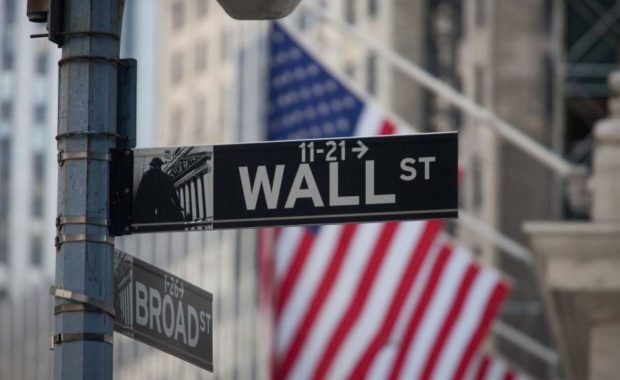The U.S. has roughly half the number of public companies that it had twenty years ago. Following the JOBS Act in 2012, the initial public offering (IPO) market started showing new signs of life, with exciting and innovative new companies choosing to list and allow the public to join in on their growth.
When a company goes public it has its biggest impact in jobs growth, jump in revenue and wealth creation. Not only does the company and its investors win, the economy wins.
However, with each new blockbuster IPO announcement, certain institutional investors continue attacking the dual-class share structure that newly public companies and long-established businesses utilize.
Dual-class shares allow a company to issue two designations of common stock, with one class having more voting rights than the other. Dual-class share structures allow companies, particularly those that are newly public, the ability to focus on long-term growth in research and development, while also being able to respond to short-term pressures such as proxy contests and activist investors. Additionally, dual-class share structures allow already established companies to more easily transform their business so they can respond quickly to industry disruption and technological innovation.
One-fifth of companies that listed on U.S. stock exchanges in 2017 had dual-class shares. In fact, many of the biggest IPOs of the past few years have involved dual-class shares, such as Facebook, Snapchat, Dropbox, and Spotify. Additionally, many older and established companies such as Ford, Tyson, Hewlett Packard, and even Berkshire Hathaway utilize dual-class shares. Even media companies, such as The New York Times, Comcast, and Viacom, follow this structure in order to maintain news independence. As you can see, there are many different reasons for companies to utilize a dual-class share structure.
For the most part, investors have been rewarded for purchasing dual-class shares. According to MSCI, unequal voting stocks outperformed the market from November 2007 to August 2017. And according to PwC, dual class IPOs outperformed the broader IPO market in both 2017 and the first half of 2018.
At the end of the day, retail investors are seeking to maximize returns on their retirement savings and portfolios. Companies, along with their listing exchange, should be able to make their own decision regarding voting right shares that will put them in the best position to create long-term value for their investors. Additionally, investors should be able to weigh the costs and benefits of whether or not they should invest in a company with a dual-class share structure, foregoing any voting right in order to share in the economic return of the company.
Banning dual-class share structures would encourage some of today’s most exciting and promising companies to remain private, taking away a valuable investment opportunity from many Americans. Additionally, the decision of index providers to exclude companies that employ dual-class share structures further keeps these investment opportunities out of reach of many Americans, who increasingly rely on passive investment funds.
Part of the genius of the American corporate structure has been the diversity of structures that investors, directors, and management can decide upon. Over the life cycle of a company, a variety of structures will be employed to meet the times and needs of that company. Dual-class shares allow investors to benefit from the vision of the founder (just think of Sam Walton or Bill Gates), but as the founder recedes from the scene, chances are the dual-class structure will recede as well. Many want to see a one-size-fits-all structure to U.S. businesses. However, they miss the innovation, options, and returns the diversity of that corporate system provides.
Other jurisdictions are taking note of how attractive dual-class share structures are for enticing new listings of public companies. Following Alibaba’s decision to list on the New York Stock Exchange in 2014, both the Hong Kong and Singapore stock exchanges allowed the listing of dual-class shares. The U.S., as well as retail investors, should not be left out of these exciting investment opportunities as a result of efforts to curb the use of dual-class share structures.


